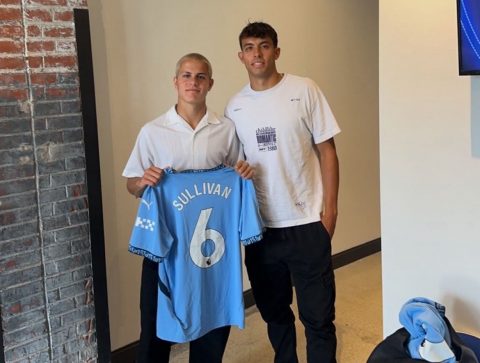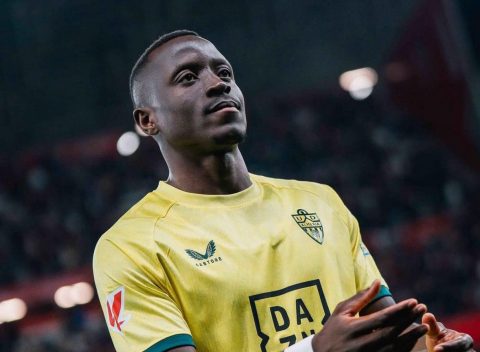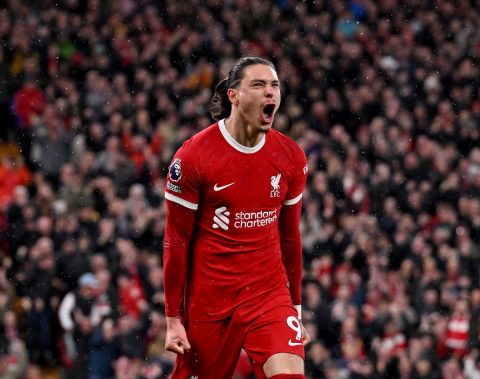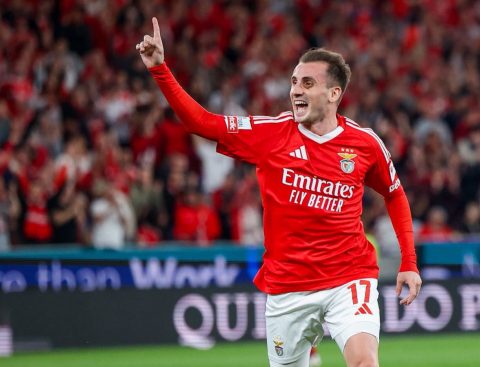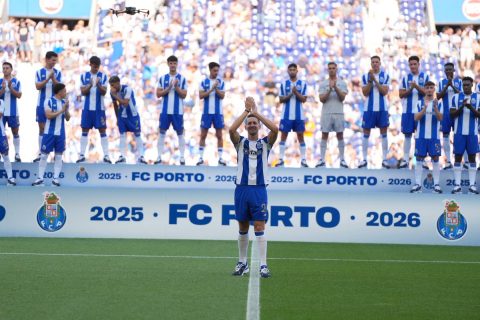The São Paulo Grand Prix sprint race brought about triumph and challenges for McLaren. While Lando Norris claimed victory, the race saw strategic complexities due to team orders, underscoring the difficulties McLaren faces in managing its drivers.
Victory and Strategy: A Double-Edged Sword
McLaren celebrated a 1-2 finish at the Brazilian sprint, with team orders playing a key role in the outcome. Lando Norris was aided by Oscar Piastri, as they manoeuvred through the race’s complexities. The Woking-based team had pre-decided on an approach that would support Norris’s title dreams. However, executing this plan without compromising any driver was no small feat.
The Tactical Move
Early in the race, Norris found himself chasing Piastri. The challenge was ensuring no external threat from Charles Leclerc and Max Verstappen, lurking right behind. The team strategically opted to keep their cars in competitive order, emphasising the importance of collective success while waiting for a safe opportunity to swap positions.
Eventually, it was the imminent threat of a Virtual Safety Car due to Nico Hulkenberg’s stalled Haas that prompted McLaren to finally orchestrate the switch. Even with this tactical victory, the team was fortunate that neither Ferrari nor Red Bull could close in on Norris to complicate the swap.
McLaren’s Team Orders Conundrum
McLaren faces a unique challenge with two competitive drivers capable of winning races. Team principal Andrea Stella described managing these dynamics as inherently complex. “Making life difficult for ourselves is natural, because when you have two drivers that can win races, there’s not an easy solution,” Stella noted. The team acknowledges the difficulty but also recognises the rewards of having such talent.
Discussing with the drivers, Stella ensures that all parties understand the need to prioritise team results, even when personal interests might diverge. He called it “the most difficult thing” the team and drivers will navigate in their careers.
The Deliberate Delay
McLaren’s decision to delay the swap was calculated, targeting an optimal gap that would prevent competitors from exploiting any weakness. The team was cautious of allowing a car between Norris and Piastri that could jeopardise their strategy.
Stella elucidated that patience was key. “We knew that we wanted to swap, but we were waiting for the right gap behind Lando,” he explained. Ultimately, when the potential for a Virtual Safety Car loomed, urgency dictated the action.
Navigating a Difficult Path Forward
This sprint race at the Brazilian Grand Prix highlighted the constant balancing act that McLaren must perform. With the remainder of the season in focus, the team is poised to continue its strategic navigation, attempting to extract the maximum from its drivers without alienating either.
As McLaren continues to climb the rankings with both Norris and Piastri demonstrating robust performances, fans and pundits alike will be watching how these dynamics unfold in the upcoming Grands Prix.
While the challenges of team orders remain, there is an acknowledgment that such issues are a consequence of the team’s rise in competitiveness—a situation many in the F1 world envy.
